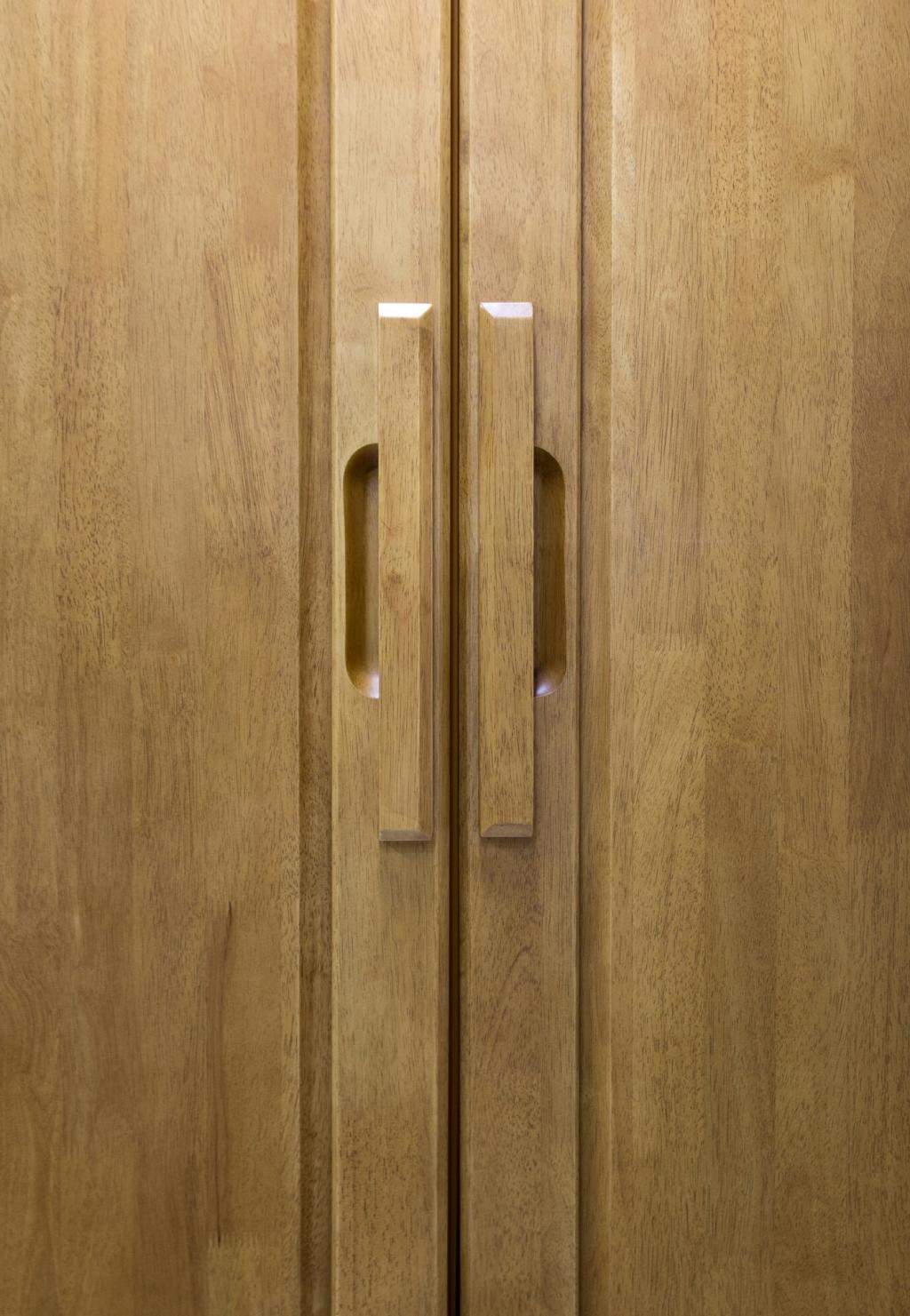Decoding Safety Ratings That Actually Matter
Look for UL-listed Residential Security Container (RSC) certification, a baseline test that resists forced entry attempts with common tools. It’s not a vault standard, but a practical threshold that filters out flimsy cabinets disguised as safes for first-time buyers.
Decoding Safety Ratings That Actually Matter
A genuine one-hour fire rating, such as UL 72 Class 350, keeps internal temperatures low enough to protect paper documents. Independent lab marks like ETL verification add credibility. Ask for test protocols, not just marketing claims or vague temperature numbers.





